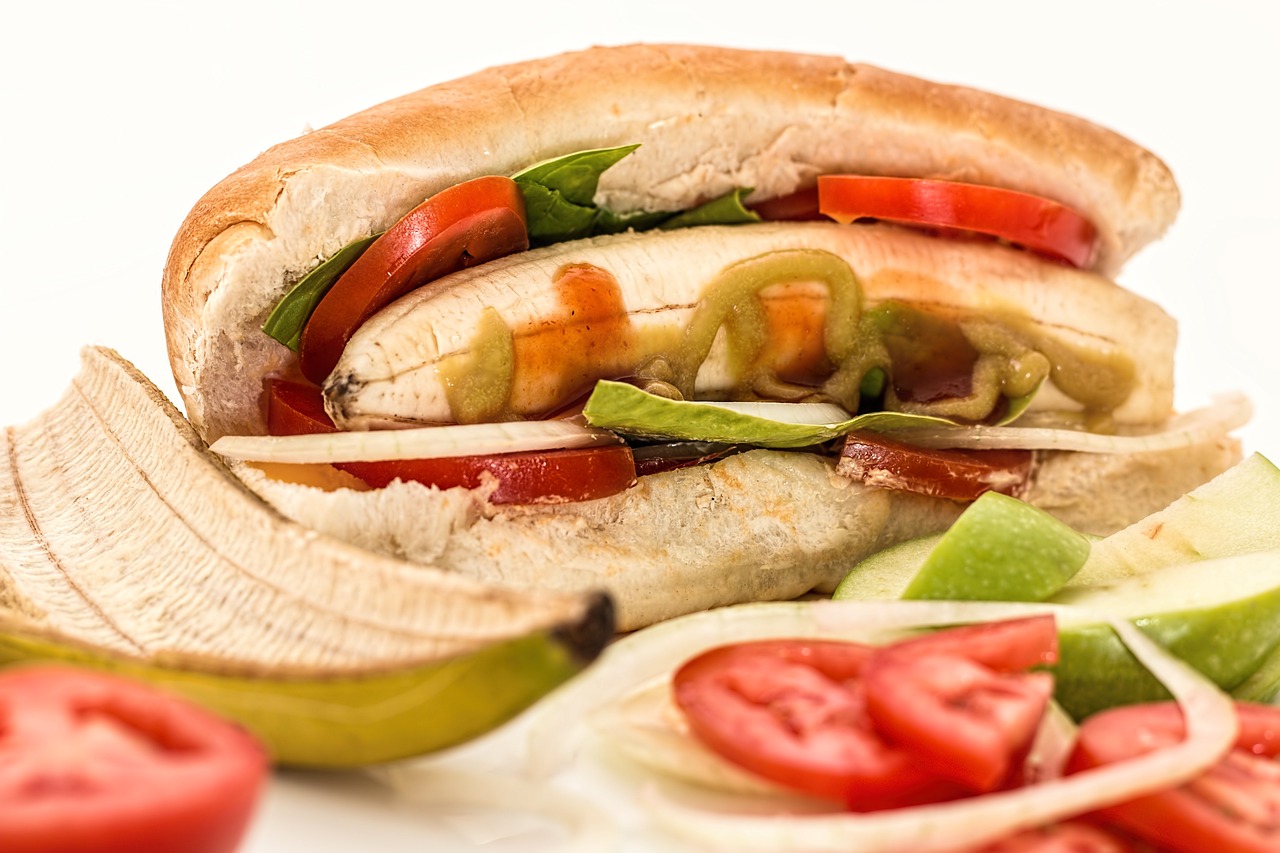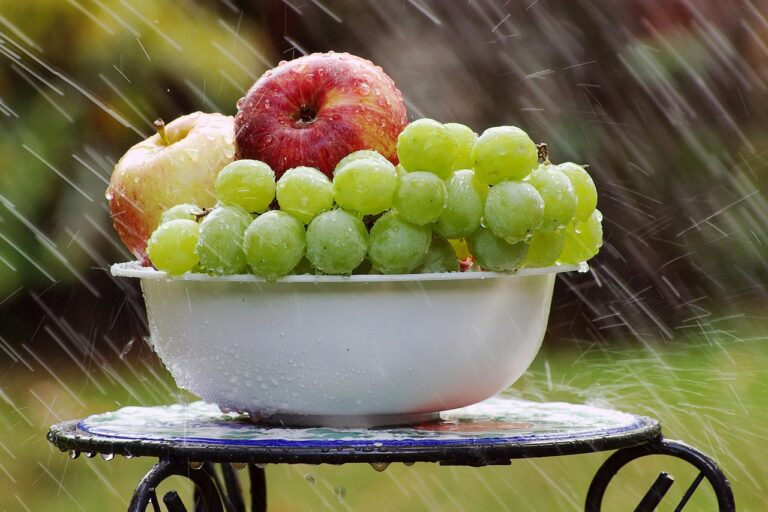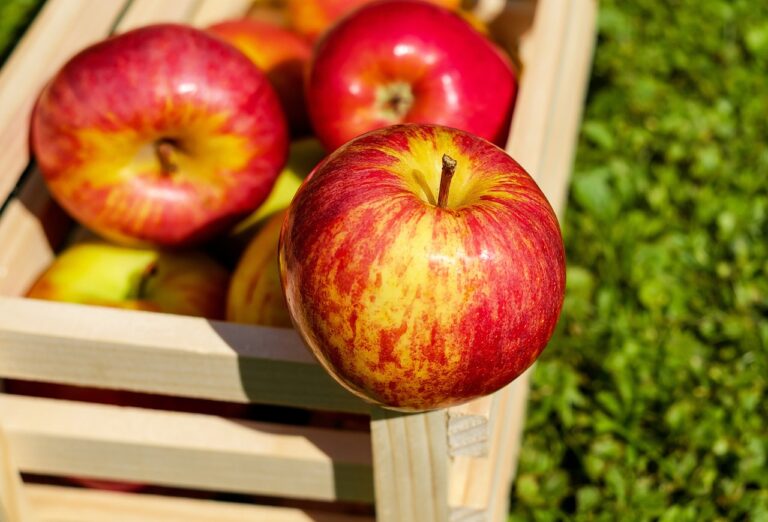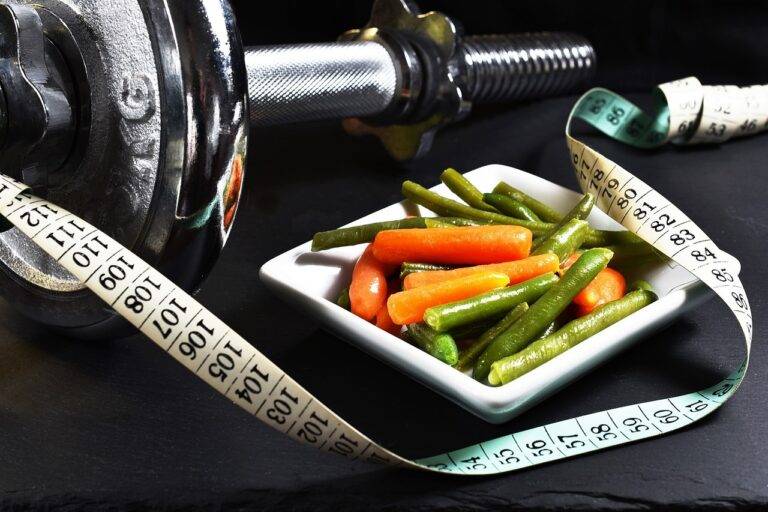The Art of Barrel Sampling: Tasting and Selecting Casks for Blending and Bottling
11xplay, india 24 bet login registration, skyiplay:The art of barrel sampling is a crucial step in the process of creating high-quality blended and single malt whiskies. Distillers and blenders carefully select casks to create a unique flavor profile that will appeal to consumers. Sampling and selecting casks require a keen palate, patience, and expertise.
Sampling casks involves tasting the whiskey and assessing its flavors, aromas, and mouthfeel. This process allows blenders to evaluate the quality of the spirit and determine its potential for blending or bottling. Here are some essential tips for conducting barrel sampling effectively:
1. The importance of barrel selection
Barrel selection is a critical step in the whiskey-making process. The type of barrel used, whether it’s oak, sherry, or other types, will influence the flavors and characteristics of the whiskey. Distillers must carefully select casks that will enhance the spirit’s overall profile.
2. Develop a tasting protocol
Having a standardized tasting protocol is essential for consistent and accurate evaluations of casks. This protocol should include guidelines for assessing appearance, aroma, taste, and finish. Each taster should follow the protocol to ensure a fair and objective evaluation.
3. Use a consistent environment
Creating a consistent environment for barrel sampling is crucial for accurate evaluations. Factors like lighting, temperature, and noise can influence perceptions of taste and aroma. Distillers should conduct sampling in a controlled environment to minimize external influences.
4. Rotate barrels regularly
To ensure that all barrels are aging uniformly, distillers should rotate casks regularly. This practice helps distribute flavors evenly and prevents some casks from maturing faster than others. Regular rotation also allows blenders to monitor the progress of each barrel.
5. Document tasting notes
Keeping detailed tasting notes is essential for tracking the development of each cask. Distillers should record observations about flavor profiles, aromas, and any notable characteristics. These notes provide valuable insights for blending and selecting casks for bottling.
6. Trust your senses
When sampling barrels, it’s essential to trust your senses and intuition. A keen palate and experience can guide blenders in identifying exceptional casks that will contribute to a well-balanced and complex whiskey. Don’t be afraid to trust your instincts when selecting casks.
7. Seek feedback
Collaboration and feedback from colleagues and experts can provide valuable insights into cask sampling. Tasting whiskey with others allows for diverse perspectives and ensures a more comprehensive evaluation of casks. Don’t hesitate to seek advice and feedback from experienced tasters.
Barrel sampling is a labor-intensive but rewarding process that requires patience, skill, and expertise. By following these tips and guidelines, distillers can effectively select casks for blending and bottling, creating exceptional whiskies that delight consumers.
FAQs:
Q: How many casks should be sampled during barrel sampling?
A: The number of casks sampled during barrel sampling can vary depending on the distillery’s size and production capacity. Generally, distillers sample a representative sample of casks to evaluate the overall quality and characteristics of the whiskey.
Q: What factors should be considered when selecting casks for blending?
A: When selecting casks for blending, distillers should consider factors like cask type, age, previous contents, and maturation conditions. These factors will influence the flavors and aromas of the whiskey and contribute to the overall profile of the blend.
Q: How often should casks be rotated during barrel aging?
A: Casks should be rotated regularly during barrel aging to ensure even maturation and flavor distribution. Distillers typically rotate casks every few months to prevent uneven aging and ensure consistency in the final blend.
Q: How can distillers improve their barrel sampling skills?
A: Improving barrel sampling skills requires practice, experience, and continuous learning. Distillers can enhance their skills by tasting a variety of whiskies, seeking feedback from experts, and staying updated on industry trends and innovations. Regular practice and exposure to different cask types will help distillers refine their palate and hone their sampling abilities.







